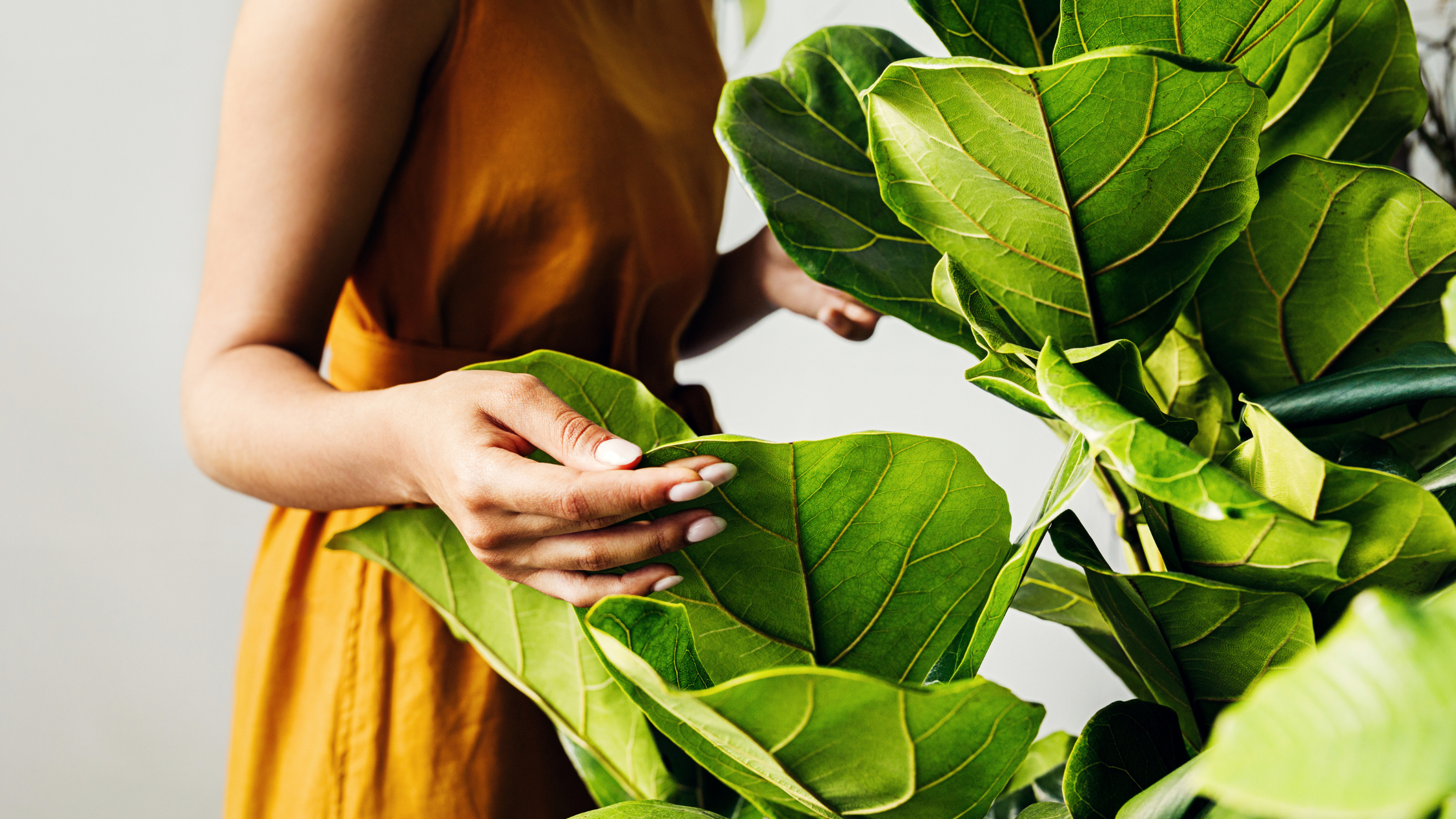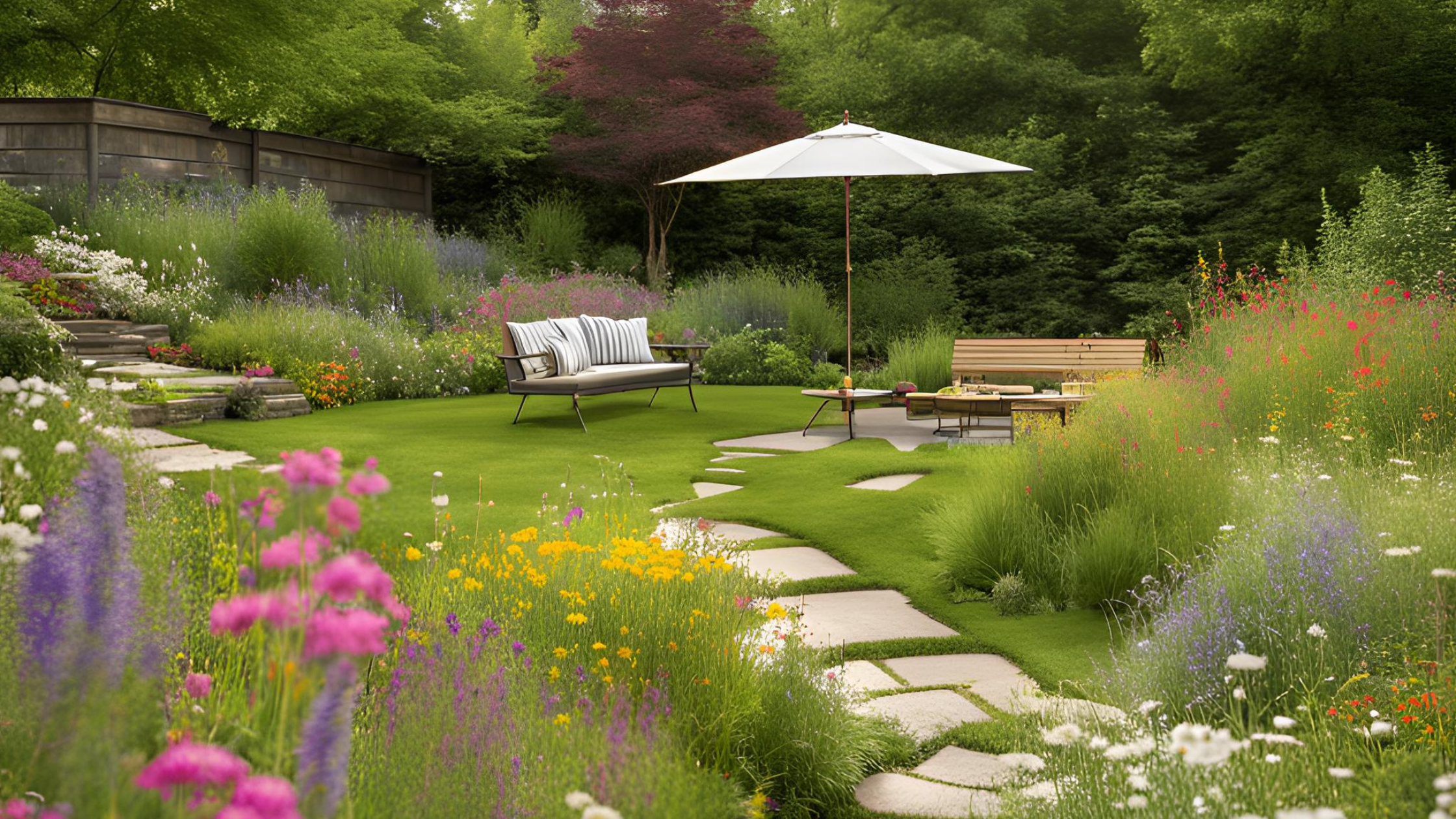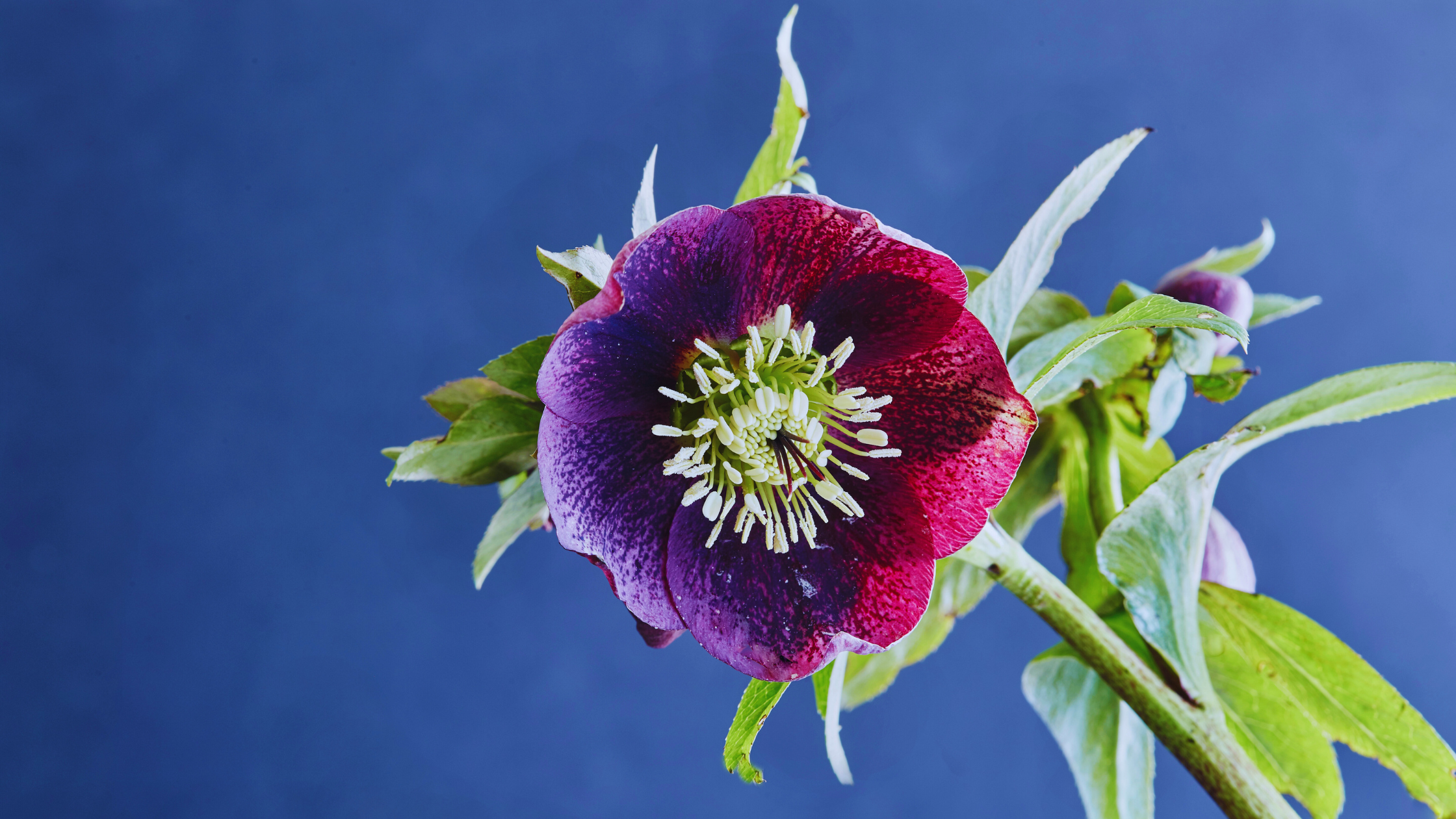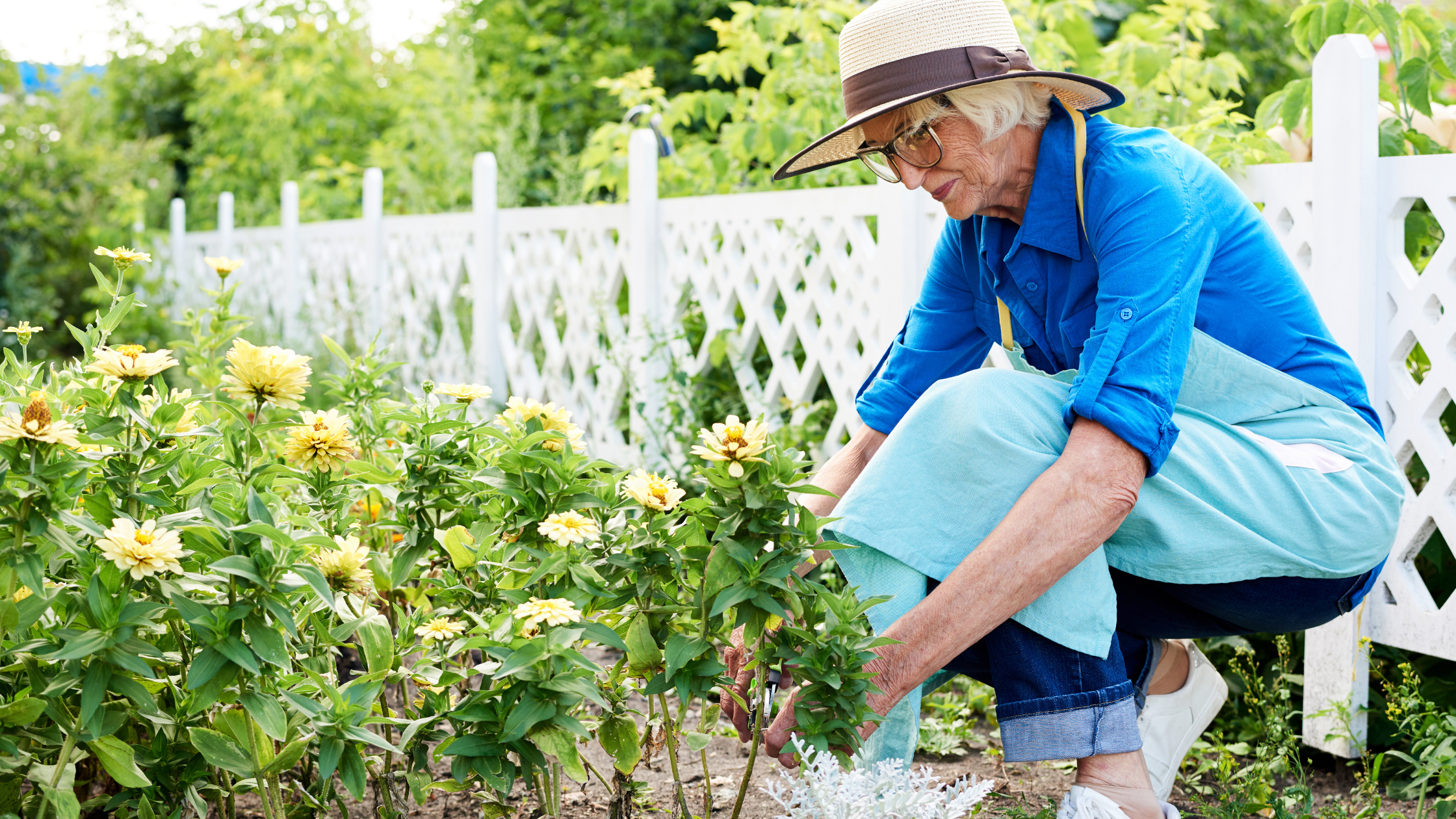As the colder months approach, many are faced with the challenge of moving their potted plants indoors to protect them from freezing temperatures. Successfully transitioning these plants requires careful preparation to keep them healthy and thriving inside your home. Here’s how you can move potted plants indoors seamlessly while avoiding common issues like pests and root shock.
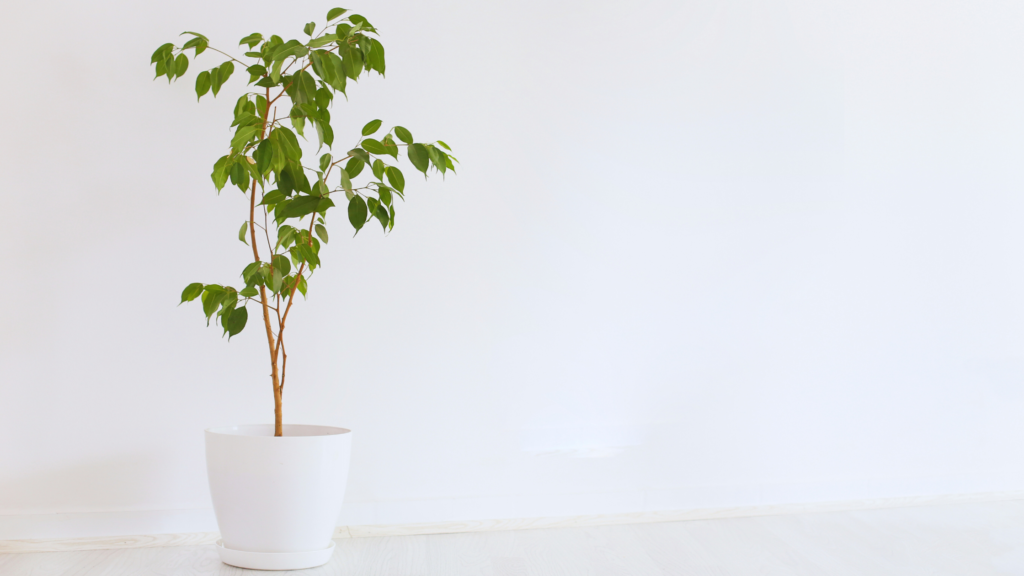
1. Inspect for Pests and Diseases:
Before bringing your plants inside, inspect them carefully for any signs of pests or diseases. Common insects like aphids, spider mites, and mealybugs can hitch a ride indoors, leading to infestations.
Solution:
Hydrogen peroxide is an effective, natural remedy to combat common plant pests like fungus gnats, aphids, and mites. It works by killing the larvae and eggs in the soil, which can be a common source of infestations in potted plants. Hydrogen peroxide not only helps kill pests, but it also introduces extra oxygen into the soil, promoting root health.
How to Use Hydrogen Peroxide for Pest Control:
- Dilute the Solution: Mix 1 part 3% hydrogen peroxide with 4 parts water. This creates a safe concentration that won’t harm your plant but will kill pests.
- Water the Soil: Pour the mixture directly onto the soil until it starts draining out the bottom. This will kill off any pests in the soil, including fungus gnat larvae.
- Spray on Leaves: If you’re dealing with pests on the plant itself (like aphids or spider mites), use the same diluted solution to spray the leaves. Be sure to spray both the top and underside of the leaves where pests often hide.
- Reapply if Necessary: If the infestation is severe, you can repeat this process every few days until the pests are gone. For general prevention, use this treatment once a month.
Caution:
- Be careful not to use undiluted hydrogen peroxide on plants, as it can burn the roots and leaves.
- Always test a small area of the plant before treating the entire plant to ensure it reacts well.
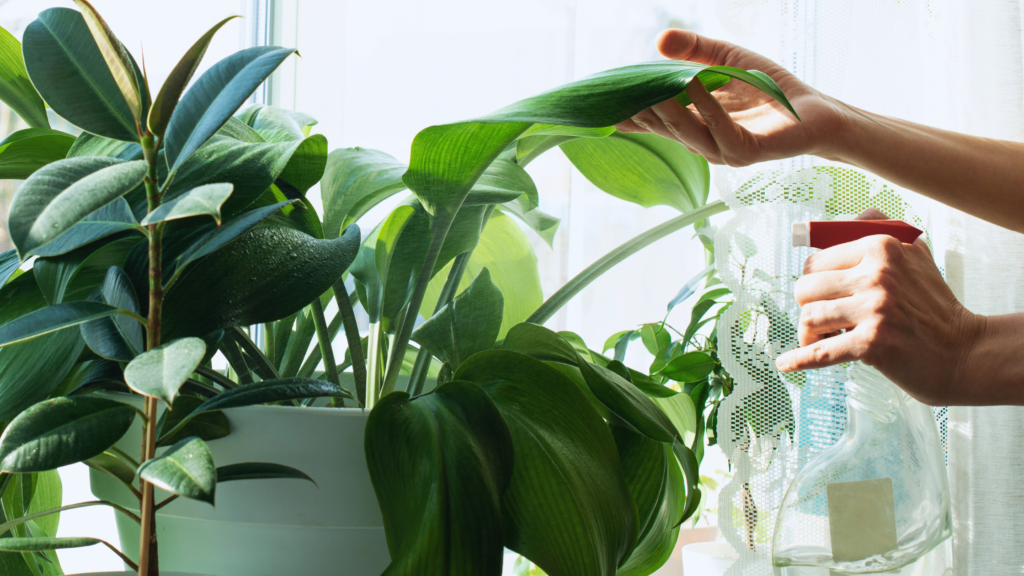
2.Trim and Prune Your Plants:
Pruning your plants before moving them indoors helps control their size and promotes new growth. It’s also an excellent way to remove any damaged or dead parts of the plant that may harbor pests or disease.
- What to trim: Cut back any overgrown stems, and remove yellowing or dead leaves. This not only tidies up the plant but also helps it conserve energy during the winter when sunlight is limited.
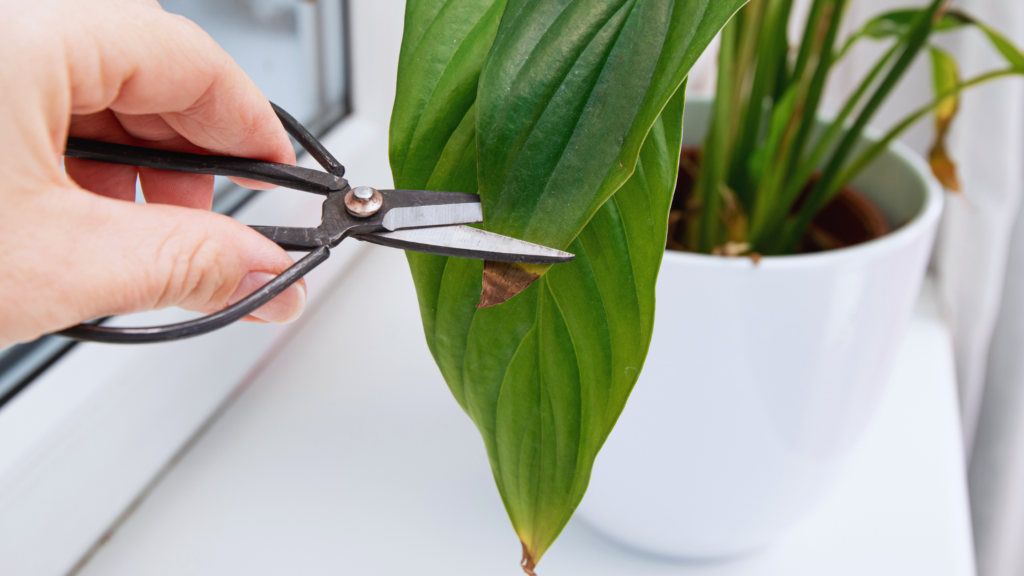
3. Check if Repotting is Needed:
Some plants may need repotting before being brought indoors, especially if their roots have outgrown their current container. If roots are emerging from the bottom drainage holes, it might be time to upgrade to a slightly larger pot.
- How to repot: Choose a pot that is about 2 inches larger in diameter. Use fresh potting soil, which provides a nutrient boost and better drainage. However, avoid repotting if it’s not necessary, as it can stress the plant during the transition.
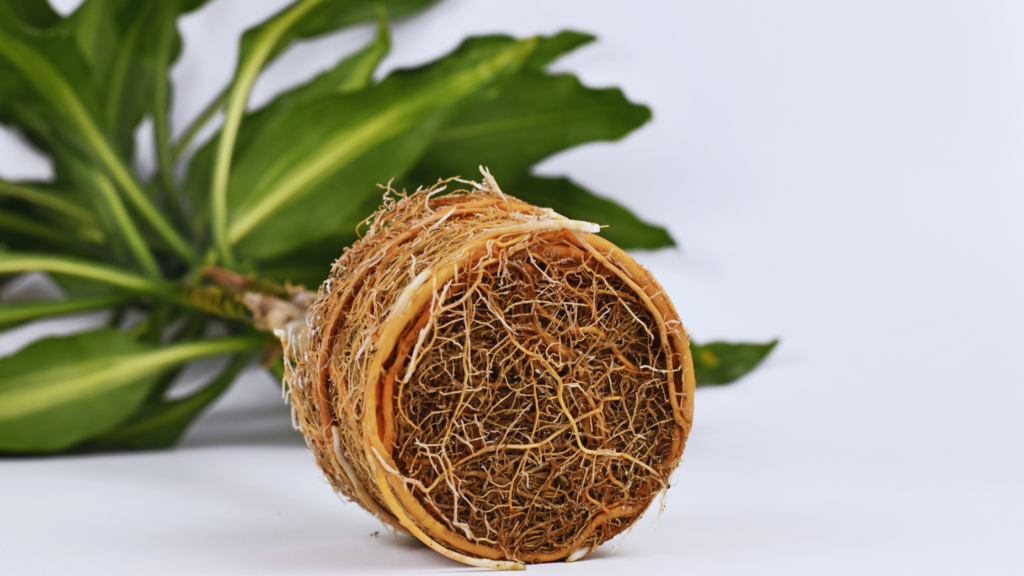
4. Gradual Transition: Acclimate to Indoor Conditions:
Indoor environments are different from the outdoors in terms of light, temperature, and humidity. To prevent your plants from going into shock, gradually acclimate them to indoor conditions over the course of 7-10 days.
- How to acclimate: Start by bringing the plants inside for a few hours each day and gradually increase the time they spend indoors. This helps them adjust to the lower light and temperature levels.
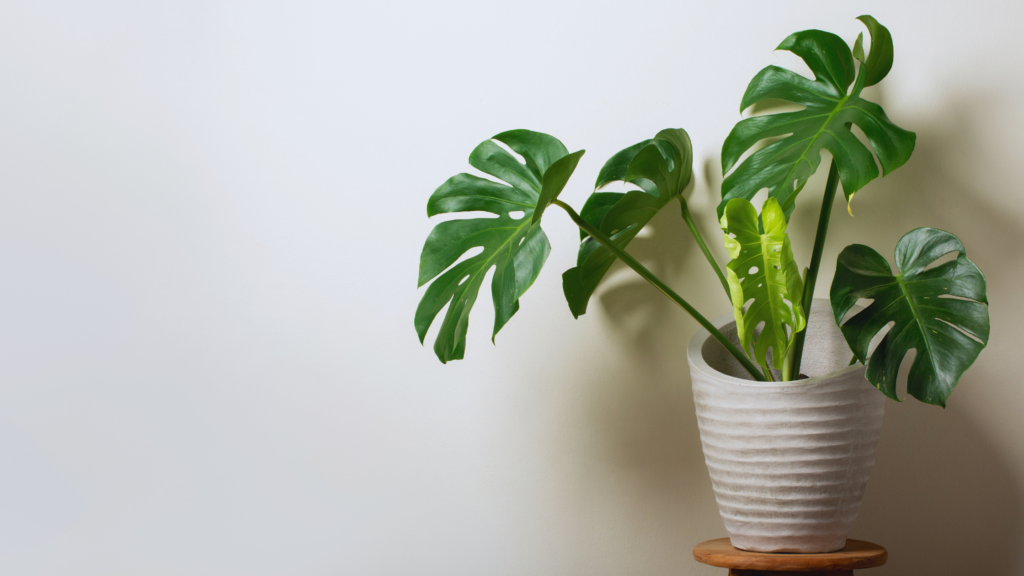
5. Adjust Watering and Humidity:
Plants indoors generally require less water than they do outdoors, as they are not exposed to the drying effects of wind and sun. However, indoor heating can lower humidity levels, which may affect your plants, especially tropical species.
- Watering: Water less frequently, allowing the top inch of soil to dry out before watering again. This prevents overwatering, which can lead to root rot.
- Humidity: To increase humidity for plants that need it, consider using a humidifier or placing a tray of water near the plants. Grouping plants together can also help create a microenvironment with higher humidity.
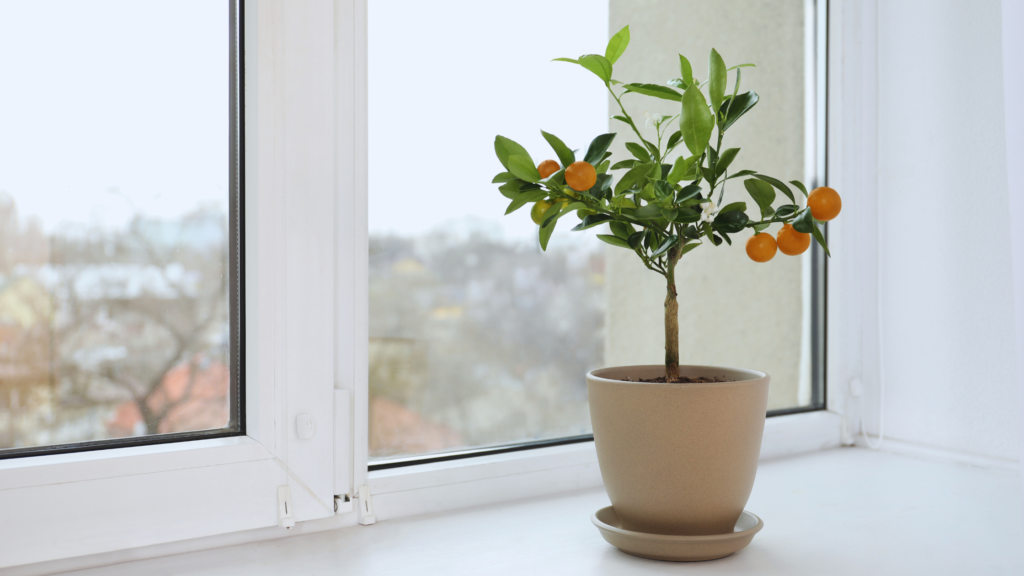
Transitioning your potted plants indoors for the winter requires thoughtful preparation to ensure they remain healthy and vibrant. By inspecting for pests, pruning and repotting as needed, acclimating gradually, and adjusting watering and humidity, you can help your plants adapt to their new indoor environment and continue to thrive throughout the colder months. When to move indoors: Monitor weather forecasts for frost or freezing temperatures, as plants should be moved inside before these conditions occur. Observe daylight hours; reduced light can stress plants, signaling it’s time to bring them indoors. Check soil temperatures; consistent temperatures below 50°F (10°C) indicate it’s time for an indoor transition. Assess plant health for signs of stress like wilting or yellowing leaves. By paying attention to these indicators, you can ensure a smooth and successful transition for your plants, and be able to continue enjoying them all throughout the fall and winter months x
*For a little more on plant care in the fall be sure to check out our: September Gardening Checklist: Mid-Atlantic Edition
Sources:
